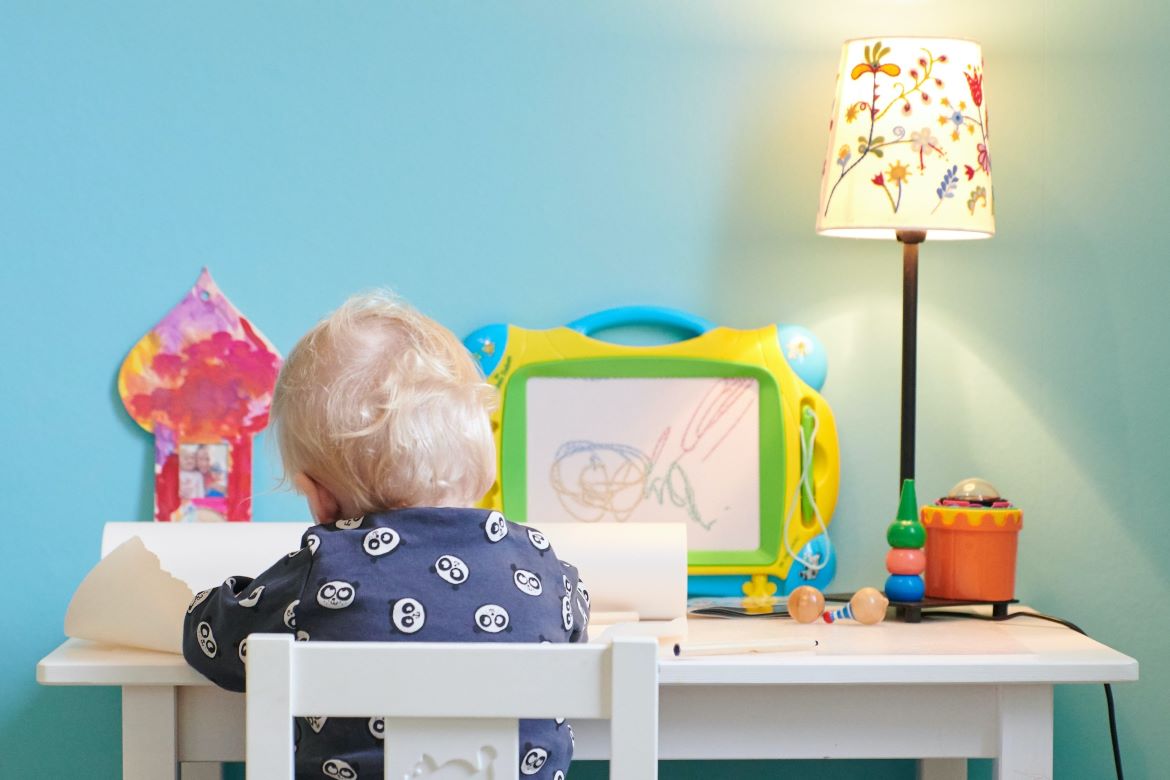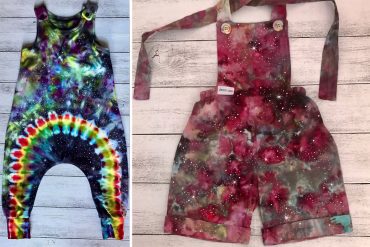By Kylee Ryers
Around 35 percent of American children experience stress related health problems. According to many psychologists, paediatricians and health care providers, experiencing stress in children plays a major role in the development of physical, mental, and social issues. There are many well-known natural ways to reduce stress, including exercise and mindfulness. However, one natural remedy that parents typically fail to harness is colour. Many studies have shown that colour has a direct impact on mood, so if you’re ready to make a change in your child’s life by changing your interior design palette, read on.
Symbolic Connotations
Colours naturally evoke emotions and symbolisms that transcend cultural boundaries. A study from 2020 revealed that people commonly associate colours with certain emotions. For example, black conveyed sadness, red portrayed love and white was associated with relief. Lighter tones were linked to positive and relaxed emotions, while darker hues such as black and brown were seen as negative and gloomy. Colours closer to the red area in the spectrum evoked feelings of warmth and comfort. Those on the blue side however were described as calming. The study also discovered that the majority of people assigned each colour to a similar emotion. The world of medicine has just started taking advantage of these qualities. Research has discovered that white coloured pills are linked to greater pain relief, while red ones are believed to have greater stimulant properties.
A study from 2020 revealed that people commonly associate colours with certain emotions.
Incorporating Colour into Your Interior Design
When included in interior design, colour psychology can be used in order to invoke certain emotional responses in people. These techniques are already being used in an attempt to soothe children’s emotions. For example, kindergartens and hospitals tend to feature bright, simple colours such as green to relax children. When painting your own interiors, the colour selected should work together with your kid’s personality. If they are energetic, the rooms should be painted in a calming colour such as a light blue or purple. Alternatively, yellow and orange walls can make them more lively and joyful, while also enhancing their communication and socialisation skills. Moreover, your interior should include a monochromatic colour scheme, avoiding conflict between various colours. Start off by painting your child’s room, and then continue adding colour to bathrooms, kitchens, and other spaces.
Giving Your Child a Say
Children usually have very specific preferences when it comes to both colour and the aspects they would like in their rooms. Give your child a range of soothing colours (if this is the mood you wish to instil) and allow them to choose the main hue in their room. If they are into bright colours, and you are going for a gentle hue like lavender or light blue, then inject a bit of spark into their room with decorative accents such as cushions, soft toys, and accent chairs.











